ALIGNMENT, STEERING & SUSPENSION
AN OVERVIEW OF THE SUSPENSION SYSTEM
Wheel alignment is part of standard vehicle maintenance consisting of adjusting the angles of the wheels so that they are set to the vehicle maker’s specification and so that they are perpendicular to the ground and parallel to each other. The purpose of making these adjustments is to attain maximum tire life and cause the vehicle to track straight when driving on a level road. The three primary angles of adjustment are camber , caster and toe .
Camber
Camber is the angle of the wheel when viewed from the front of the vehicle. If the top of the wheel is too far in or too far out it will cause excessive wear on one side of the tire’s tread. If the camber is different from side to side it can cause a pulling problem. On many front wheel drive vehicles camber is not adjustable so if it is out of spec it indicates something is worn or bent and needs to be replaced.
On many vehicles, camber changes with different road speeds. This is because aerodynamic forces cause a change in riding height from the height of a vehicle at rest. Because of this, riding height should be checked and problems corrected before setting camber. Camber specs are set so that when a vehicle is at highway speed, the camber is at the optimal setting for minimum tire wear.


Caster
When you turn the steering wheel the wheels of the vehicle turn on an upper and a lower pivot. Caster is the angle of the line between these two pivot points and a vertical line. If the top pivot is leaning toward the rear of the car, the caster is positive. If it is leaning toward the front of the car, the caster is negative. If the caster is different from side to side, the vehicle will pull to the side with the least positive caster. If caster is equal but too negative, the steering will feel light and vehicle will wander over the road. If the caster is too positive, the steering will feel heavy and the steering wheel will pull hard to center coming out of a turn. Caster has little affect on tire wear.
Toe
Toe is a measurement in fractions of an inch of the difference in distance between the front of the wheels and the rear of the wheels. This setting is close to zero or very slightly in. This means the wheels are parallel. Toe in means the front of the wheels are closer together than the rear of the wheels. This will cause wear on the outer portion of the tread. Toe out means the front of the wheels are farther apart than the rear of the wheels and this condition will cause wear on the inside of the tread. Toe is adjustable on the front wheels of all vehicles and on the rear wheels of some vehicles.
If you seek more about alignment, then surf to http://familycar.com/alignment.htm .

Recommended Alignment
Most manufacturers recommend 4-wheel alignments. A 4-wheel alignment is performed by putting the measuring heads on each wheel and setting the front wheels to exactly match the direction of the rear wheels.
Vibration And Pulling
A vibration in the steering wheel or body of the car is not caused by alignment, but rather is usually caused by wheels out of balance. Pulling in the steering is just as likely to be caused by faulty tires as it is by an alignment issue. A vehicle that is in proper alignment will pull to the downhill side on a crowned road.
